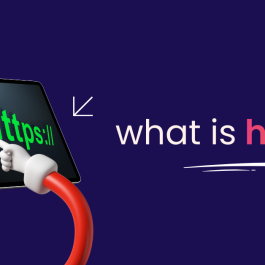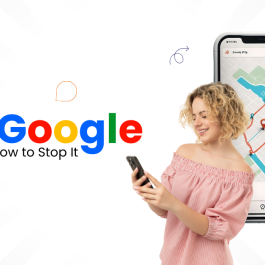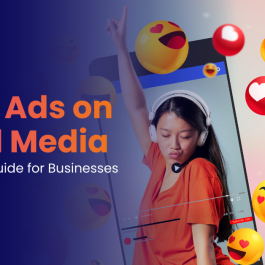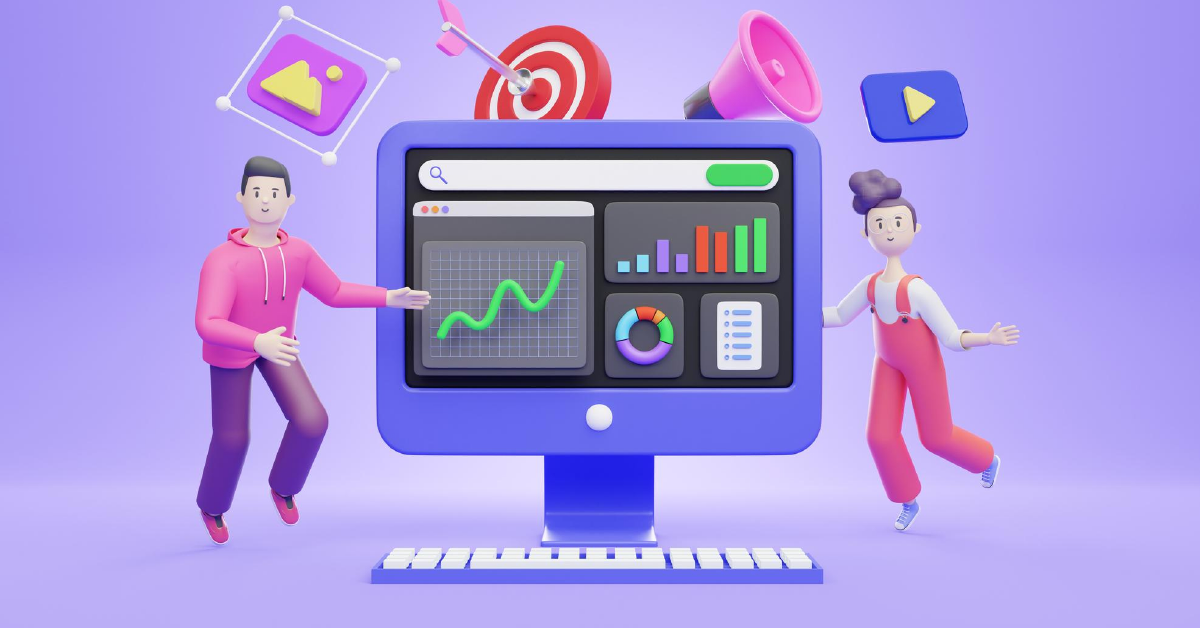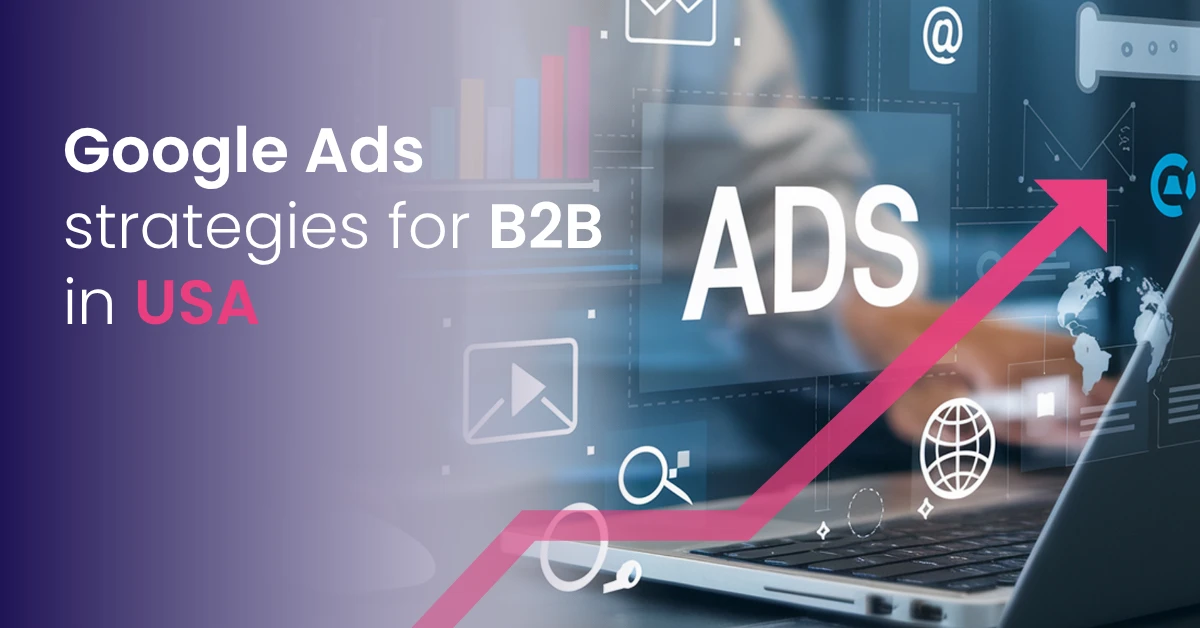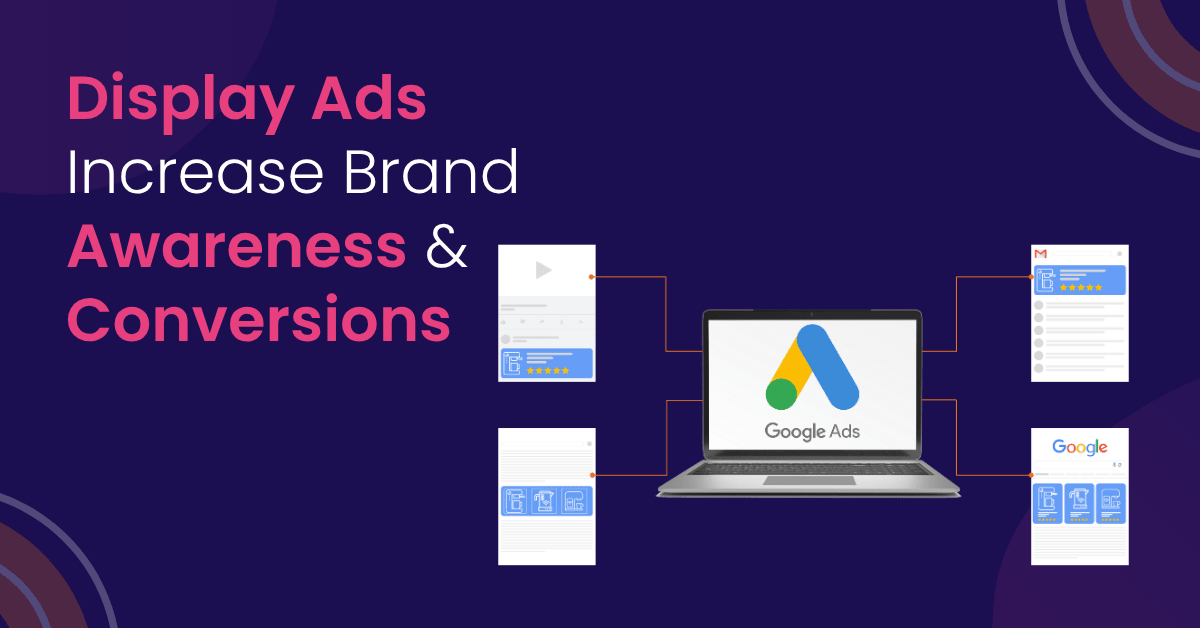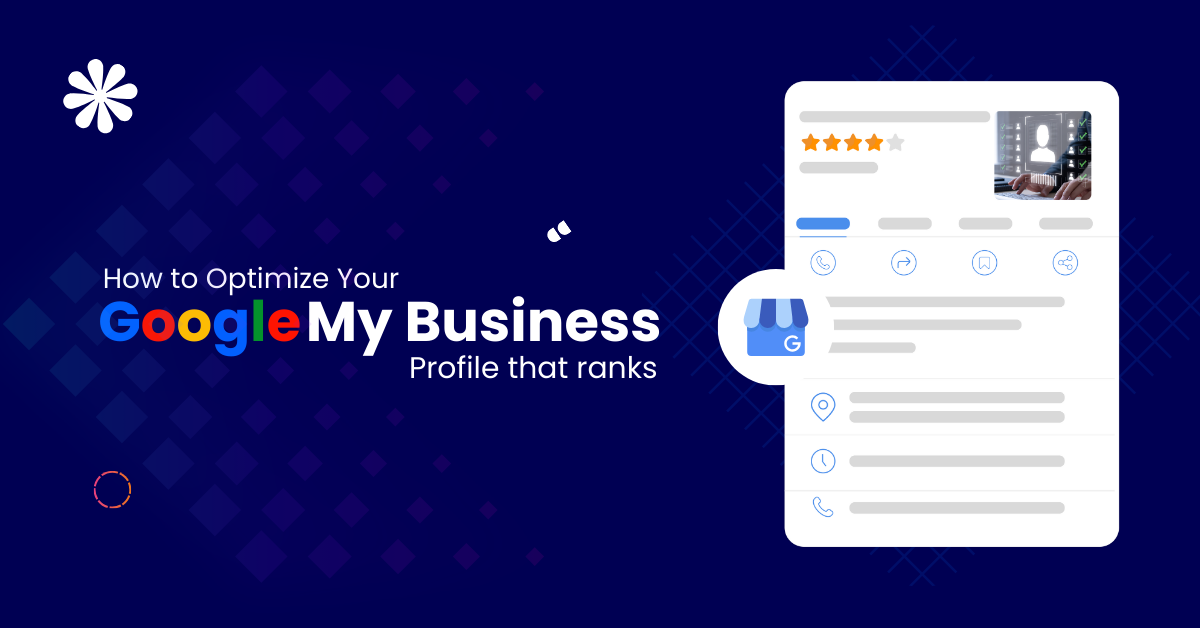4 min read

In today’s digital age, where attention spans are short and competition is fierce, it’s crucial to find innovative ways to drive traffic to your website. While most people focus on optimizing text-based content, many overlook the potential of image optimization. In this blog post, we’ll explore how image optimization can significantly impact your website’s visibility, engage the user experience, and ultimately drive more traffic to your site.
Table of Contents
Understanding Image Optimization
Before diving into the benefits of image optimization, let’s first understand what it entails. Image optimization refers to the process of reducing the file size of images without compromising their visual quality. This is achieved by compressing images, resizing them appropriately, and choosing the right file format.
Importance of Image Optimization
Optimizing images is crucial for three main reasons:
-
Faster Page Load Times
Large, unoptimized images can significantly slow down your website’s loading speed. Since page load time is a critical ranking factor for search engines like Google, optimizing your images can positively impact your website’s performance, improve website speed, and ultimately increase its visibility in search engine results pages (SERPs).
-
Enhanced User Experience
Visitors expect a seamless browsing experience, and slow-loading images can be frustrating. By optimizing your images, you improve the overall user experience, leading to longer on-page durations and decreased bounce rates.
-
Mobile-Friendliness
With the increasing use of mobile devices, optimizing images becomes even more critical. Mobile users often have limited data plans and slower internet connections, making it essential to provide them with an optimized image experience. Failure to do so may result in visitors abandoning your site in favour of faster-loading alternatives.
-
Image Compression Techniques
One of the primary aspects of image optimization is compression. Here are some effective image compression techniques that can significantly reduce file sizes without compromising image quality:
Lossless Compression
Lossless compression reduces file sizes without losing any image data or quality. This technique is ideal for images that require high resolution, such as product images or photographs. Tools like Adobe Photoshop and plugins like TinyPNG offer lossless compression options.
Lossy Compression
Lossy compression, on the other hand, reduces file sizes by selectively removing non-essential image data. While this technique sacrifices some image quality, it often results in significant file size reductions. Popular tools like ImageOptim and Kraken.io offer lossy compression options while maintaining visually appealing images.
WebP Format
Google created WebP, a cutting-edge image format that provides both lossless and lossy compression. It provides smaller file sizes compared to traditional formats like JPEG and PNG without compromising quality. You can further optimize images and their file sizes, as well as speed up the loading of your website, by converting your images to WebP format.
-
Choosing the Right File Format
In addition to compression techniques, selecting the appropriate file format for your images plays a crucial role in optimization. Here are the most common image formats and their ideal use cases:
JPEG (Joint Photographic Experts Group)
JPEG is a widely used image format suitable for photographs and complex images with many colours and gradients. It allows for variable compression levels, providing a balance between file size reduction and image quality.
PNG (Portable Network Graphics)
PNG is commonly used for images with transparent backgrounds or simple graphics with fewer colours. It supports lossless compression, making it ideal for images that require crisp edges and text elements.
GIF (Graphics Interchange Format)
GIFs are widely used for animated images or graphics with limited colours. While GIFs support animation and transparency, they have limited colour support and are not suitable for photographs or complex visuals.
WebP Compatibility
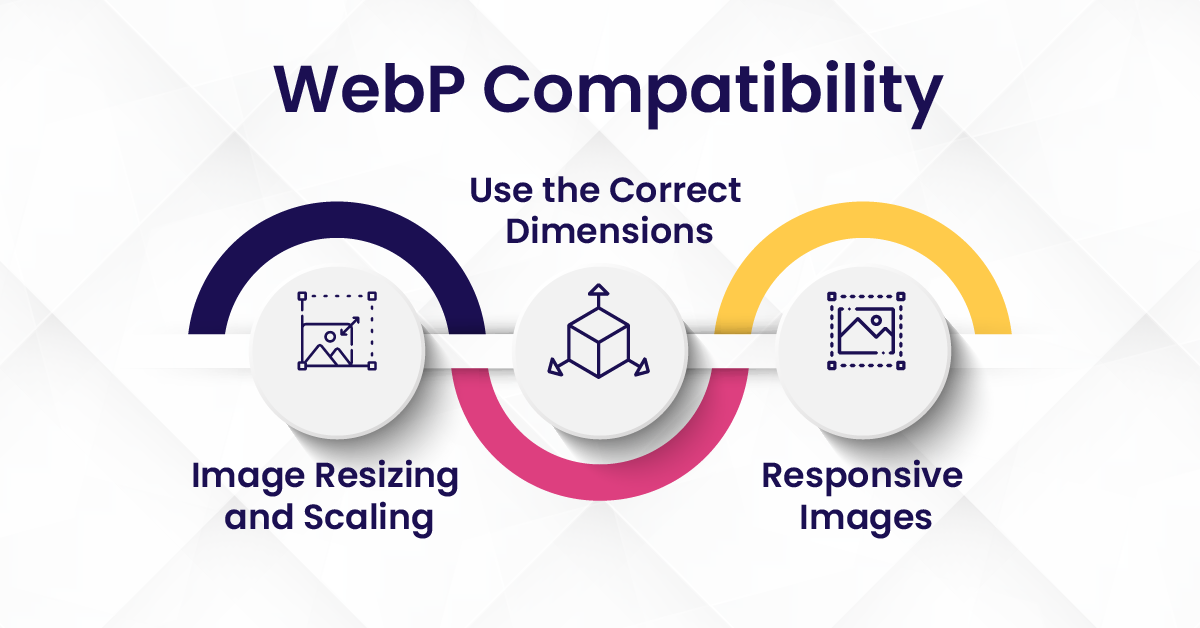
As mentioned earlier, WebP is an excellent file format for optimizing images due to its efficient compression algorithms. However, it’s essential to ensure browser compatibility before using this format.
-
Image Resizing and Scaling
In addition to compression and file formats, resizing and scaling your images appropriately is crucial for effective image optimization. Here are some best practices:
- Use the Correct Dimensions
Ensure that your images have the correct dimensions required by your website’s design. Uploading oversized images and relying on CSS to resize them can result in slower loading times and negatively impact the user experience.
- Responsive Images
Implement responsive design techniques to serve appropriately sized images based on the user’s device screen resolution. This avoids unnecessary bandwidth consumption by serving larger images only to be downscaled by the browser.
Use Srcset Attribute
The srcset attribute allows you to specify multiple versions of an image at different resolutions or sizes. Browsers then choose the most suitable version based on the user’s device capabilities. This ensures that users receive optimized images tailored to their specific needs.
-
Alt Text Optimization
Alt text, or alternative text, is essential for image accessibility and SEO purposes. By providing descriptive alt text for each image on your website, you enhance its visibility in search engines and make it accessible to visually impaired users.
SEO Benefits of Alt Text
Search engines cannot interpret images directly; they rely on alt text to understand their content. By optimizing your alt text with relevant keywords related to your content, you can improve your website’s SEO performance and drive more organic traffic.
Accessibility Benefits of Alt Text
Visually impaired users rely on screen readers to navigate websites. By providing descriptive alt text, you ensure that these users can understand and interpret the images on your site, enhancing their overall browsing experience.
Conclusion
Image optimization is a crucial aspect of driving traffic to your website. By implementing effective optimization techniques such as compression, choosing the right file format, resizing and scaling images correctly, and optimizing alt text, you can significantly improve your website’s loading speed and user experience and ultimately attract more visitors. Don’t overlook the power of image optimization – start implementing these strategies today and watch your website’s traffic soar!
Published: December 22nd, 2023
